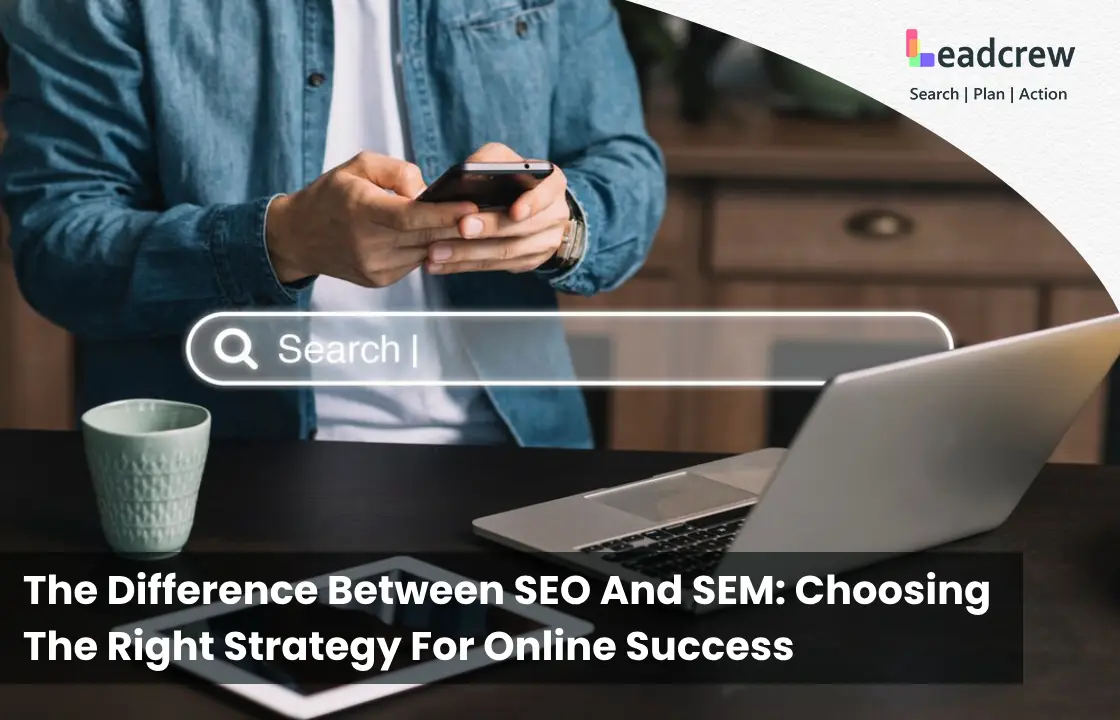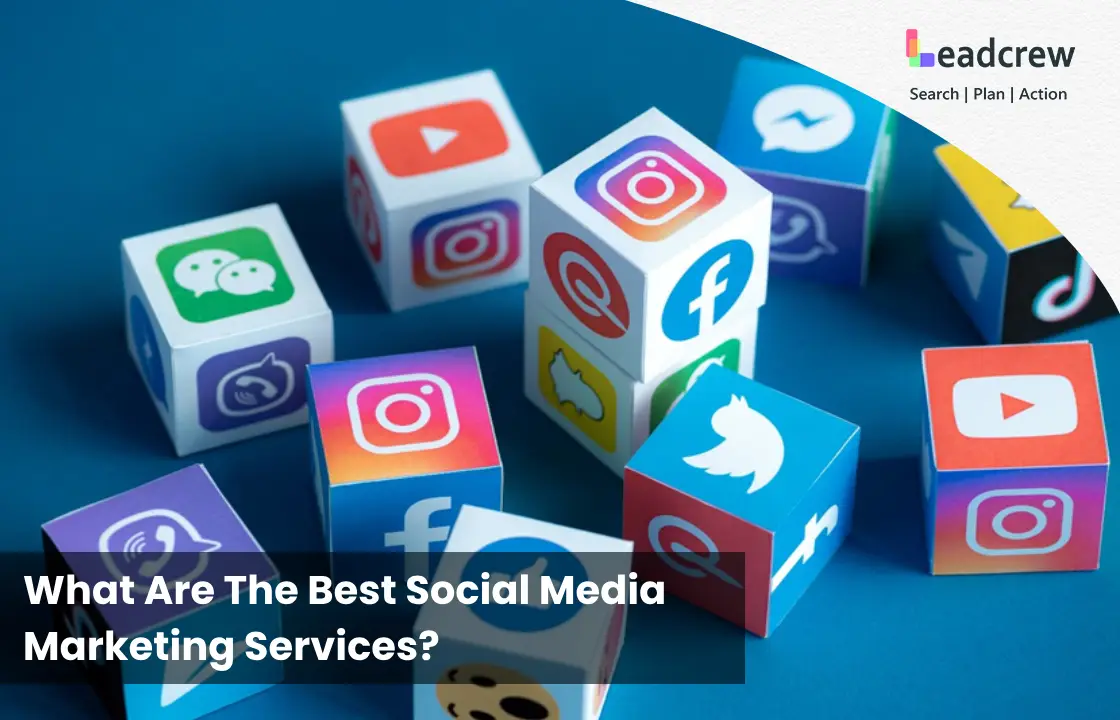In the world of digital marketing, SEO (Search Engine Optimization) and SEM (Search Engine Marketing) are two essential strategies that help businesses improve their online presence. While both aim to increase a website’s visibility on search engines, they use different methods. Understanding the difference between SEO and SEM is key for businesses looking to attract more visitors and drive growth effectively.
SEO VS SEM: The Ultimate Showdown
Before we talk about the differences between Search Engine Optimization and Search Engine Marketing, let’s first understand what they are and how SEO SEM works.
What Is SEO?
Search Engine Optimization is the process of enhancing website visibility on search engine results pages [SERPs]. The goal is to ensure your site appears higher when users search for relevant topics. SEO is mainly focused on organic (unpaid) methods.
The Components of SEO
On-page SEO:
This includes optimizing your website’s content, such as using relevant keywords, structuring your text properly with headings, and ensuring your content answers users’ questions.
Off-page SEO:
This focuses on building authority outside of your website by getting backlinks from other reputable sites and sharing your content on social media.
Technical SEO:
This ensures that your website is user-friendly, mobile-responsive, and easy for search engines to crawl and index. It focuses on speeding up your site, fixing broken links, and other improvements.
When you go through the differences between Search Engine Optimization and Search Engine Marketing, you’ll know that SEO takes time to show results and improvement. However, once your site is optimized, organic traffic can keep flowing with little ongoing cost.
What Is SEM?
SEM is a broader digital marketing term that includes both SEO and paid advertising, but it’s most commonly used to refer to paid search ads. SEM focuses on driving traffic through paid methods like PPC campaigns.
The PPC campaigns process involves keyword bidding. When a user looks up the keywords, the ad is highlighted in search results, and the company pays only when someone clicks.
Key Components Of SEM
Paid search ads:
These are the sponsored results that appear at the very top of search engine pages.
Keyword bidding:
Businesses compete for high-value keywords to ensure their ads appear when users search for related terms.
Campaign optimization:
Regular monitoring and adjusting of ad copy, keywords, and bids are essential to ensure campaigns are cost-effective.
Unlike SEO SEM can provide immediate results. However, businesses must continue paying for ads to maintain traffic, which means SEM requires a constant budget.
What’s The Difference Between SEO and SEM?
Cost:
SEO is primarily cost-free, with expenses mostly related to content creation, tools, and potentially outsourcing. SEM, however, involves digital marketing campaigns. This includes paying for ads, making it an ongoing investment for businesses.
Time of Delivering Results:
SEO requires patience, with results typically taking months to appear. On the other hand, SEM provides faster results, as ads can generate traffic almost immediately.
Sustainability:
SEO offers long-term benefits. Once your website ranks well, you can continue to receive organic traffic without paying for it. SEM, however, requires constant funding.
Traffic Source:
SEO focuses on driving organic traffic by creating high-quality, optimized content. SEM, however, uses paid ads to attract immediate clicks, allowing businesses to target specific audiences quickly.
Click-Through Rates (CTR)
Organic search results usually attract more clicks, as users trust them more than ads. However, SEM offers a unique advantage by enabling businesses to target individuals who are ready to act right away.
SEO vs SEM: Which One Should You Choose?
Whether you choose SEO or SEM, it depends on your objectives, budget, and time.
If you want sustainable, long-term growth, SEO done by an expert SEO agency is the way to go. It requires an investment of time and resources but can generate consistent, organic traffic over time. Additionally, their team can also help you differentiate between SEO and SEM. This can help you identify which will work best for your business.
Instead of wasting time to differentiate between SEO and SEM, many businesses use a combination of both. While SEO works in the background to build organic traffic, SEM can drive immediate traffic and conversions. This combined strategy guarantees both immediate results and sustainable growth over time.
Why Choose Leadcrew for Your SEO or SEM Needs?
Whether you’re looking to build long-term organic traffic or need to run a time-sensitive paid campaign, Leadcrew’s digital marketing campaigns can help your business succeed. Our SEO agency specializes in creating effective SEO or SEM campaigns that help your business climb search engine rankings while also offering SEM services to drive immediate traffic and results.
Our team works with you to understand your goals, target audience, and marketing objectives, ensuring that we tailor both SEO or SEM campaigns to your unique business needs. With Leadcrew, you get the right mix of both approaches to maximize your digital marketing efforts and ensure sustainable growth.
Contact Leadcrew today to learn how we can help boost your online visibility and increase conversions with our comprehensive SEO and SEM services.





